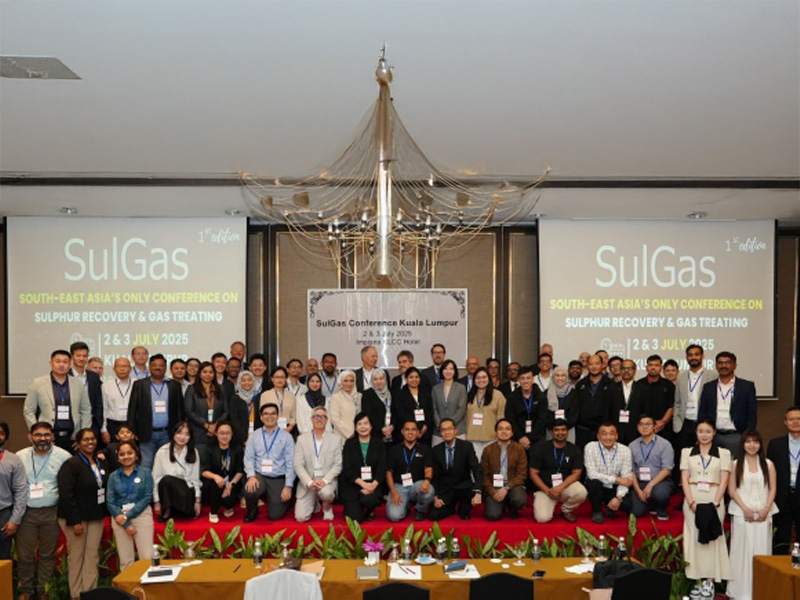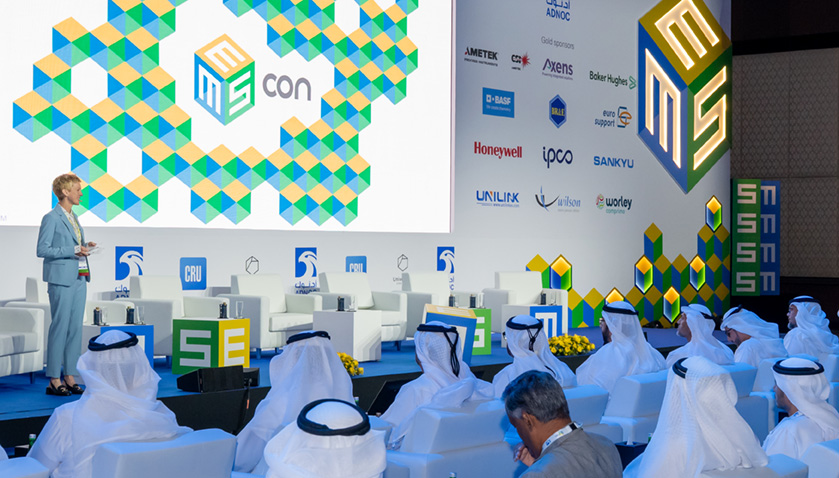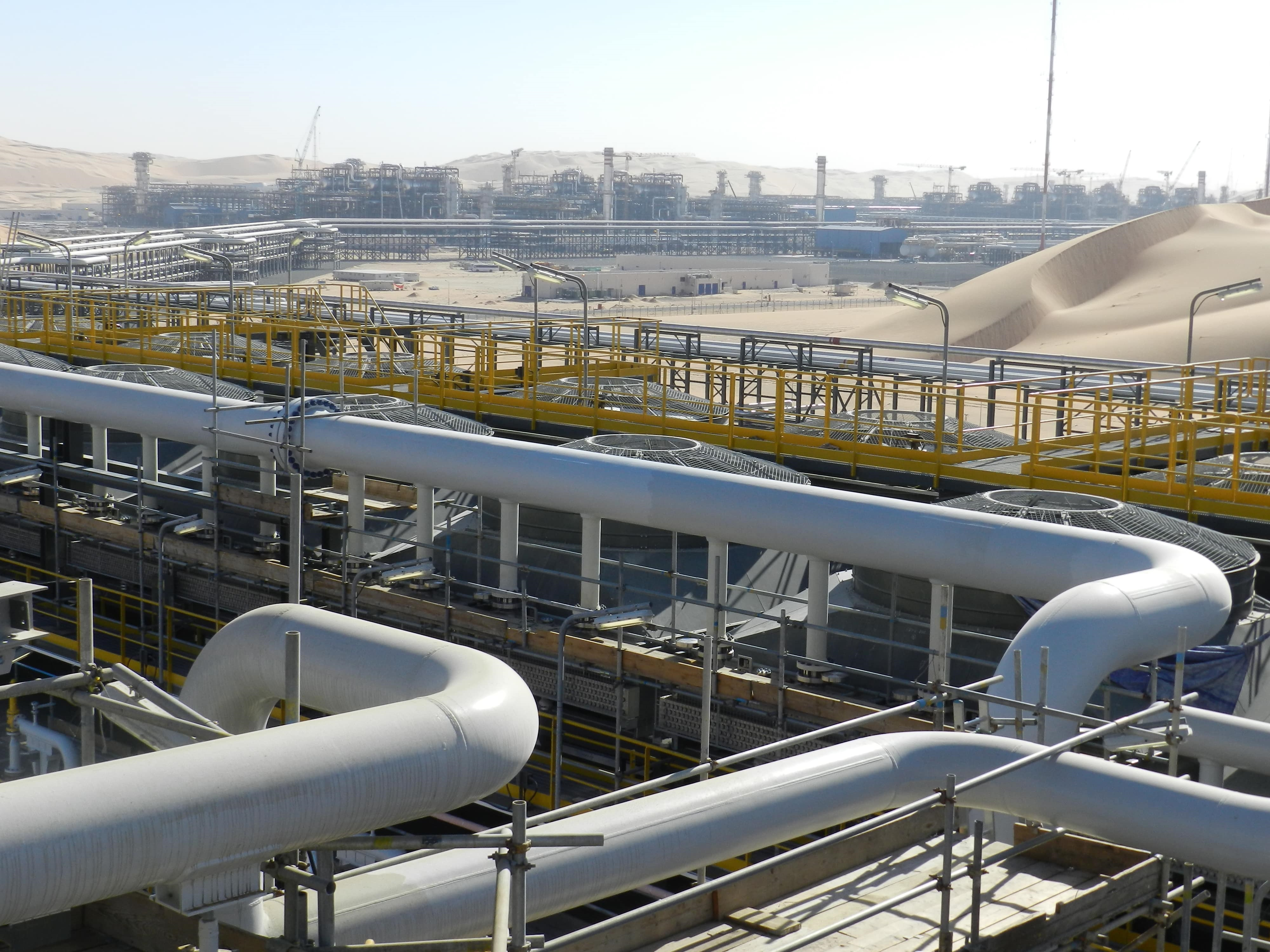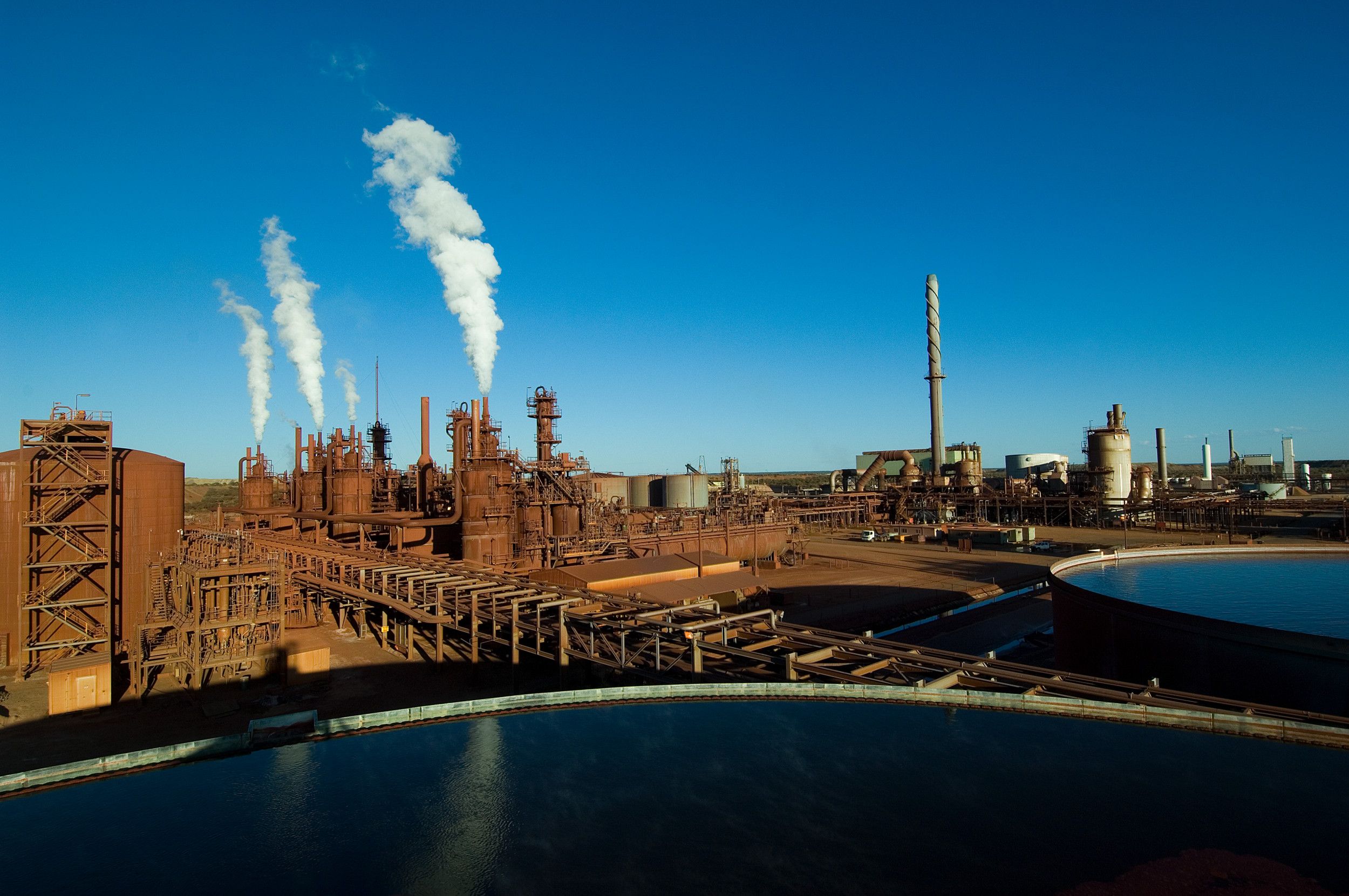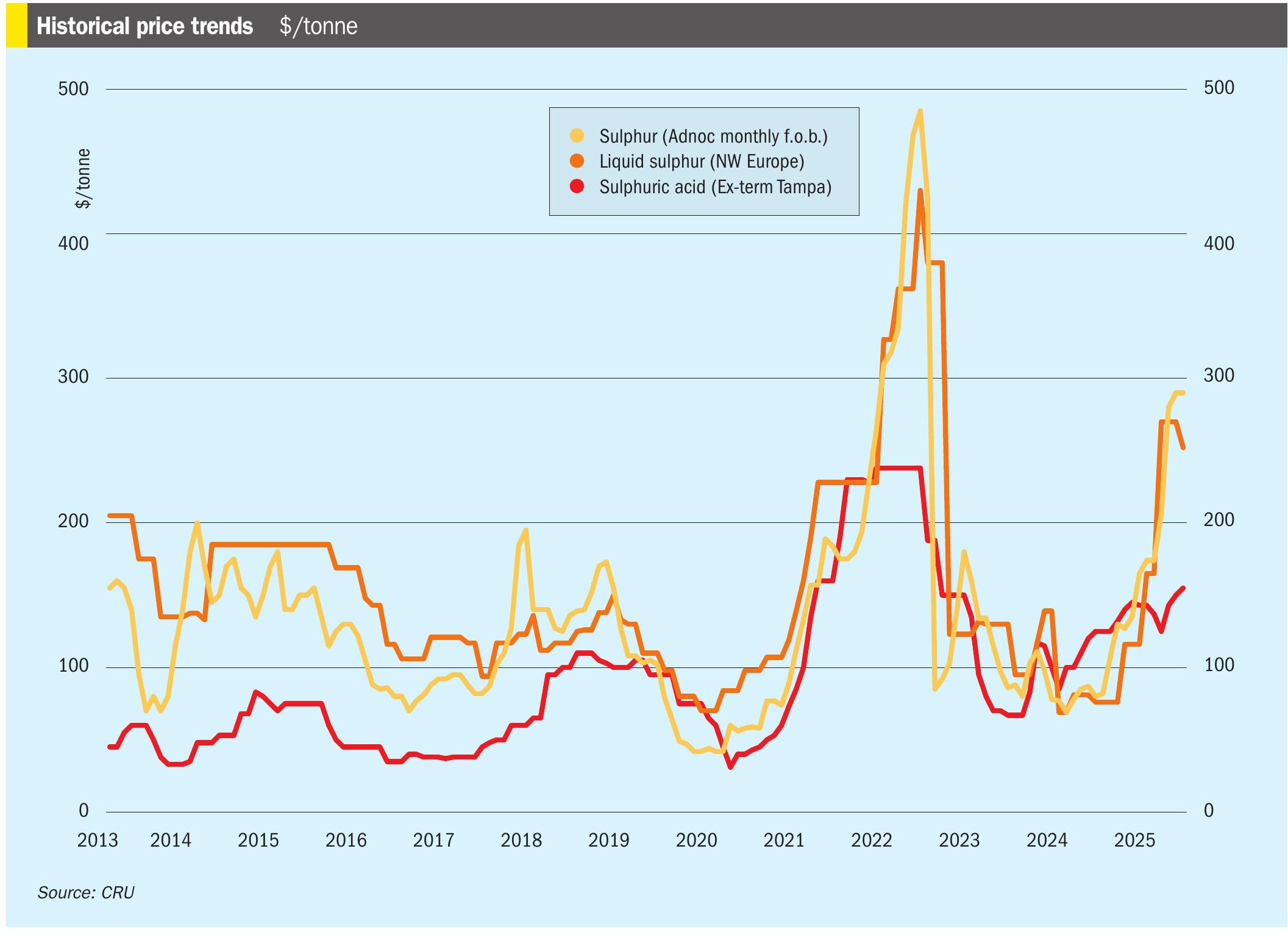Fertilizer International 509 Jul-Aug 2022

31 July 2022
Fertilizer futures and price risk management
FERTILIZER TRADING
Fertilizer futures and price risk management
In increasingly volatile times for commodity markets, companies up and down the fertilizer supply chain are being left financially exposed to price fluctuations. Alison Coughlin and Tom Crane of CME Group explain how derivatives allow fertilizer market participants to protect themselves from the risk of adverse price movements.


Fertilizer derivatives – in the form of cleared swaps and futures – have been in existence and offered by CME Group since 2011. They enable market participants to hedge their exposure to dynamic shifts in fertilizer supply and demand. As well as mitigating risks, fertilizer futures also provide a signal to the broader industry about where fertilizer prices are today and, importantly, where they might be heading in the future.
Benefits of cleared derivatives
In general, cleared futures markets serve several purposes. Firstly, derivatives allow anyone in the world to access transparent prices for any listed commodity. For example, any interested party can understand where the market is pricing fertilizer for immediate or deferred delivery by consulting CME Group’s website and looking at the listed settlement prices for fertilizer products over the last twelve months.
CME Group offers seven different fertilizer futures covering a range of different commodity types and geographic pricing points (Table 1). Their diversity allows the entire marketplace to understand the pricing relationships between urea, UAN, MAP, and DAP across the globe.

Secondly, because the cash market and futures market for fertilizers are highly correlated, firms with any physical exposure – typically fertilizer producers, distributors and buyers/consumers – can effectively lock in prices for any product they hold by taking a position in the futures market.
For example, any increase in the actual cash purchase price of urea in the US Gulf will be reflected by a rise in the Urea FOB US Gulf Futures price. In effect, this enables those who are exposed to volatility in the US domestic urea market to take a position in the futures market to offset those movements and stabilise their bottom line.
In entering the futures market, participants have a choice of taking either a long position or a short position. Those who might benefit from an increase in the futures price, or who are looking to mitigate any potential increases in cash prices, can hedge by buying futures. Generally, these hedgers are actual fertilizer buyers in the cash market. If prices do increase, they end up paying more for their physical fertilizer purchases. Yet, through hedging, such losses are offset by corresponding gains in the futures market – by selling the position at a price higher than they bought it for.
Conversely, those who produce fertilizers and could be negatively impacted by fertilizer price reductions can sell futures, also known as taking a short position. If prices do decrease, these producers, while receiving lower prices in the cash market for their product, will have made gains in their futures position.
As shown by the example short position provided here (Table 2), gains from the futures position will not necessarily cover all of the producer’s losses in a cash price movement. However, on a net basis, this producer’s hedge position will have limited their losses to $40/t – as opposed to $200/t if they had remained unhedged.
Lastly, while over-the-counter transactions can help participants hedge price risk, CME Group’s cleared fertilizer futures also offer the additional benefits of central counterparty clearing and anonymous execution. That’s because the Clearing House, operated by Chicago Mercantile Exchange Inc, acts as the buyer to every seller and the seller to every buyer. This guarantees the cash flow between counterparties and assesses mark-to-market margins on a daily basis. Essentially, central clearing – because it stands in the middle of every single trade – performs a valuable function by mitigating the default risk between counterparties.
Fertilizer futures
As already stated, CME Group has offered fertilizer derivatives since 2011. The fertilizer futures market has seen tremendous growth since its inception, with compound annual growth of 42 percent (20122021) in the average daily traded volume (Figure 1).


In 2021, more than 16,000 metric tonnes of fertilizers were traded on average daily. The first quarter of 2022 set a new quarterly record for Urea US Gulf, the most active contract in terms of volume, with a total traded volume of more than 620,000 metric tonnes. This leading type of fertilizer future has traded nearly 910,000 metric tonnes so far this year, with May 2022 alone accounting for over 68,000 metric tonnes of these transactions.
CME Group currently lists futures for urea, UAN, MAP, and DAP fertilizer commodities, these covering important pricing points in the United States, Brazil, Egypt, and the Middle East. Each contract has a volume size of 100 tons – metric tonnes for the international contracts and short tons for the domestic US-based contracts.
All fertilizer contracts are cash settled. This means that no physical product flows through the Exchange when the contract expires. A final settlement price is determined at expiry and – instead of the seller transferring ownership of the product to the buyer – each entity settles their position by simply paying money or receiving money. In this way, no one with a position in the expiring futures contract is at risk of being compelled to either make or take delivery of physical product.
The Exchange determines the final settlement price from the Olympic average of the underlying weekly ranges for each product, as provided by two price reporting agencies (PRAs). These weekly numbers are averaged on the last Thursday of the month with Profercy and ICIS acting as the two PRAs for all fertilizer futures.
Although many agricultural futures traded on the Exchange are physically delivered and traded through the Central Limit Order Book (CME Globex), the vast majority of fertilizer participants access the contracts through private negotiated trades executed off-exchange.
Any entity wanting to engage in a fertilizer trade can contact a brokerage firm. These brokers will then find a counterparty, aligned on quantity and price, and submit the trade to CME ClearPort. The minimum transaction size for these block trades is two contracts. In practice, however, US-based contracts tend to trade in increments of 15 lots and international contracts tend to trade in increments of 50 lots.
Brokers by providing a forward curve for daily settlement prices play another important role in the fertilizer futures market. Approved brokers submit daily quotes to the Exchange. These indicate the price of a given commodity at a specific time of day. The Exchange then determines the daily settlement price for the expiry of each individual product by aggregating and blending all the submitted broker contributions. Daily settlement prices are an absolutely crucial input in mark-to-market calculations and provide the major tool for alerting the broader industry to price movements.
Current fertilizer fundamentals
The fertilizer market has seen astounding volatility in recent months linked to profound shifts in underlying global supply and demand. Fertilizer prices in general have increased rapidly across the board since the third quarter of 2021. The US Gulf urea price, for example, climbed from below $450 per metric tonne at the start of September 2021 to over $800/t by mid-November (Figure 2). After a brief respite, fertilizer prices then underwent unprecedented increases in spring 2022, going above $950/t and topping previous record price levels set in 2008. Although urea isn’t always representative of the overall market, it can act as a signal for all fertilizer prices and is the most liquid futures contract on the Exchange.
Taking a position in the fertilizer futures market is a proven way of protecting against cash market exposure. Such hedging becomes vitally important during periods of immense volatility – by offsetting the price shocks that would otherwise have deeply adverse impacts on company profits and losses.
A series of supply shocks have driven fertilizer prices to record highs over the last year. Several factors such as labour shortages, transportation difficulties and falls in production capacity (linked to adverse weather conditions and plant shutdowns due to soaring energy prices) have snowballed to create worldwide supply shortages. Just as the market was working to rebalance supply and demand, the start of war in the Black Sea this year – a region that is usually a steady fertilizer supplier – has created yet more uncertainty about global inventories and fertilizer availability.
There are suggestions that the unprecedented rise in fertilizer prices this year has prompted a drop in demand across the world – so called ‘demand destruction’. Reports indicate that fertilizer applications in Southeast Asia are down, for example, because fewer people are willing to pay the current price of fertilizer. The total acreage for planted corn in the United States is also expected to fall significantly this year, despite corn prices in the $8 per bushel range, as farmers shift away from corn to less fertilizer-intensive crops like soybeans.
In summary, the suite of fertilizer futures offered by CME Group offers the fertilizer market access to transparent prices and provides risk managers with the opportunity to stabilise their price exposure during increasingly volatile markets. The continuing growth of CME Group’s fertilizer portfolio over time is improving price discovery for the whole industry and enlarging the potential pool of liquidity for those looking to enter the marketplace.


